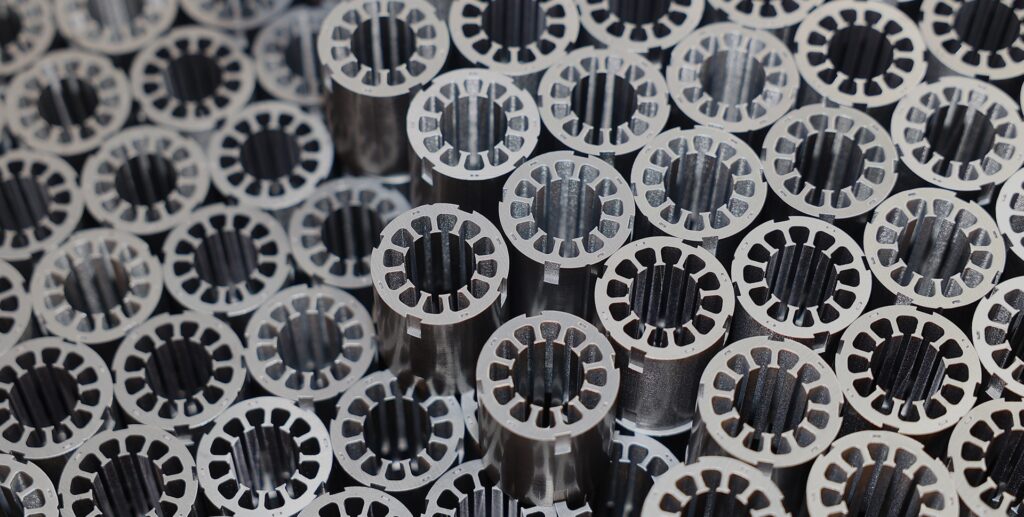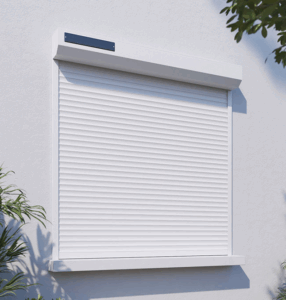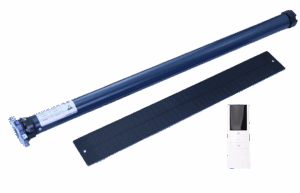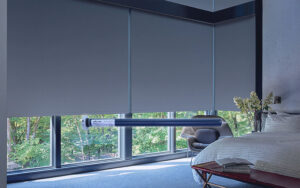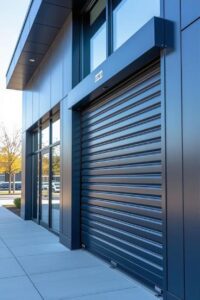
Welcome to Walter News
Here, we share the latest updates, industry trends, and innovations related to roller shutters and home automation.
On this page, you will find up-to-date information about tubular motors and roller shutters, market developments, and technological advancements. We update our content regularly to ensure you have access to the latest industry news and expert insights.
You can also find information about new product launches, user case studies, and expert analyses of industry trends. For example, some leading roller shutter manufacturers have recently introduced new energy-efficient products that are not only aesthetically pleasing but also offer higher energy performance, helping users save on both energy and costs.
Additionally, we share success stories from customers, showcasing how tubular motors and roller shutters have transformed their daily lives. Whether for commercial or residential projects, these examples provide inspiration and help you better understand the practical applications of our products.
In recent years, tubular motor technology has continued to advance, making smart home solutions more efficient and convenient. We highlight these developments, how they shape the future of home automation, and how consumers can benefit from them.
Stay Updated Stay informed about the latest developments in windows automation roller shutters and blinds. Our newsletter delivers regular updates, industry insights, and expert advice, ensuring you never miss important information.
If you have any questions about our products or services, please feel free to contact us. Our team is always ready to provide the information and support you need to choose the products solution that best fits your requirements.
Finally, be sure to follow our social media channels for real-time updates and interactions. Through these platforms, you can engage directly with us, share your experiences, and exchange ideas.
We sincerely invite you to join the conversation and explore the future of windows and door automation with us.

